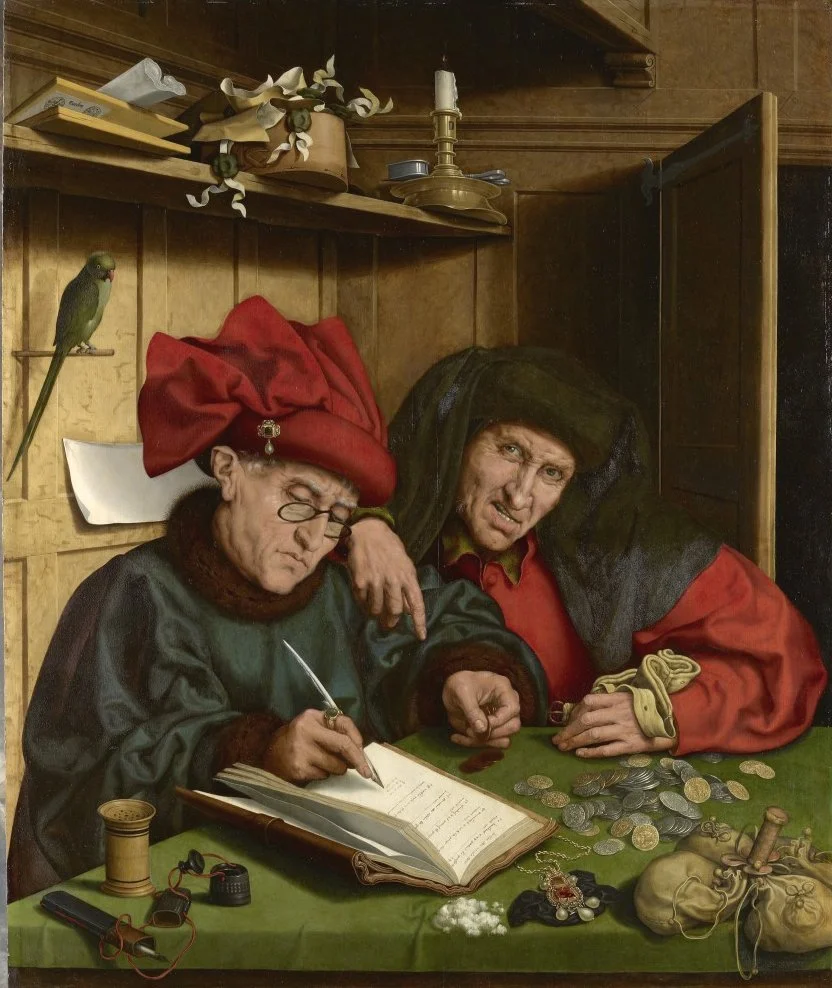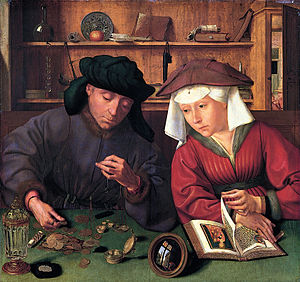
Whenever one picks up a newspaper nowadays, or switches on the television or radio, one is regaled with tales of dastardly deeds done by bankers. Story upon story is written about their misappropriation of our money. We sit and read or listen to these tales which coincide with the deterioration of our own financial situation and we seethe with anger. Over time we are convinced that our own personal financial woes can be directly traced back to and laid at the doorstep of the bankers. In our minds, the government is also to blame as we are taxed to the hilt and our wrath is also levelled at the role of the tax collectors. We would rather cling to this belief than question why our credit cards and stores cards are “maxed-out”. Soon it is not just the bankers and tax collectors whom we despise but we begin to focus our attention on those who are financially sound and before we know it, they too become targets for our dislike, our jealousy and our envy. Why should we suffer pecuniary embarrassment when others seem to be untouched by the money problems of the country? Now we read newspapers, listen to radio reports and watch television stories with glee when we see bankers are being bashed and rich people suddenly lose their fortunes. We revel in this feeling of schadenfreude. The media of course knows what we want and they continually feed us with such stories.

So is this a new phenomenon? Actually it isn’t. The portrayal of greedy bankers, money-lenders and tax collectors often with anti-Semitic connotations has been around for a long time and may have derived from paintings such as Jan van Eyck’s 1440 work entitled Banker and Client, which unfortunately has been lost. Later, in 1514, the Flemish painter, Quentin Metsys, would carry on the theme in his work entitled The Banker and his Wife. Just as the present day media are aware that we want to witness the vilification of these people, the artists of the past also knew what would strike a chord with the people of those days when it came to disparage those who had “taken” our money from us, whether it is bankers and money lenders or tax collectors. In My Daily Art Display today I want to feature another 16th century painting on that very subject.

If you care to look back at my blog of January 2nd 2011 you can read about a 1539 work by Marinus Claeszoom van Reymerswaele entitled The Moneychanger and his Wife in which one sees seated at their table a married couple in 16th century Flemish dress totally absorbed, almost spellbound, as they count their money. Both husband and wife are gripped equally by this act and in some ways it maybe this common love of money which brings them happiness and cements their relationship. However one should observe that they focus their attention on the coins on the table and seem to ignore each other. It is also interesting to note that in the paintings, The Banker and his Wife by Metsys, The Moneychanger and his Wife by van Reymerswaele and today’s offering there is also something else in common in the depictions besides the two characters and that is behind these people there is a shelf which forms part of a still life depiction of items which add to the story behind the main theme of money.

My featured painting today is entitled The Misers and was completed between 1548 and 1551. It is attributed to the “Followers of Marinus van Reymerswaele” and is part of the Queen’s Royal Collection. It is a variation on a number of paintings by van Reymerswaele himself, one of which, entitled The Tax Gatherers, he completed around 1540 and is in the National Gallery in London.
In today’s featured painting we see the man on the left writing out a list of taxes and exchange rates on commodities such as wine, beer and fish, which will then be given to private individuals to collect. This was a common practice in those days. The setting for the painting is one of congestion. In it we see two figures positioned tightly together with their desk positioned ridiculously close to the door but, in a way, this has given the scene a claustrophobic and unsettling atmosphere. On the green baize table in front of the two men are piles of coins which are being counted and registered in a ledger. There is also a four-bag money pouch with a handle, some jewellery and an ink pot. The title of the painting, The Misers, is probably a misnomer as in fact these two men are simply tax collectors going about their every-day business. The man on the right points at the ledger being written in French by his colleague. The exchange rates listed in the ledger gives us a valuable clues to the dating of the picture, as these rates first came into use on 11 July 1548 and were superseded on 16 December 1551. The fact that the French language was used could mean that either this painting was commissioned by a French patron or the artist lived in the French-speaking region of the Netherlands. The man on the right stares out at us. He sneers. He gloats. His face is grotesquely distorted. The artist has, through his depiction of this man, presented us with a “hate figure”. There is an undoubted air of affluence about the clothes two men are wearing. The man on the left wears a sumptuous red turban pinned to which is a large jewelled brooch. He wears spectacles and in a way the artist may have wanted us to interpret the wearing of these as symbolic of moral shortsightedness. However whoever chose to paint their rich garb decided to clothe them in 15th century costumes which at the time would have looked rather old-fashioned and maybe the artist had decided that by dressing them in such a manner, he was subtly ridiculing them.
Look at the shelf behind them. Art historians believe that this still-life depiction was probably painted by a different artist to the one who painted the two figures. On the shelf there is a lit candle which is slowly burning away and this can probably be interpreted as a warning against greed, and questioning our attitude with regards wealth, because, like the candle, which will soon burn out, life is short and there is a futility about the desire to accumulate wealth.
This painting which I saw last week when I visited the Queen’s Gallery is a beautiful work of art.
























